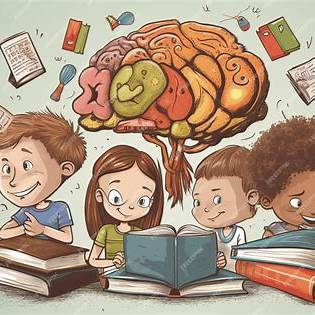A growth mindset—the belief that abilities can improve with effort—is a powerful tool for children with ADHD. Many face repeated challenges that can lead to discouragement, perfectionism, or fear of failure. But when they believe they can grow, their confidence and resilience flourish.
Here’s how to help your ADHD child shift from “I can’t” to “I’m still learning.”
Why Growth Mindset Matters for ADHD
Children with ADHD often:
- Hear more corrections than praise
- Struggle with peer comparison
- Give up quickly when things get hard
- Feel labeled as “not smart” or “bad at school”
A growth mindset teaches them that ability is flexible—and that effort, strategies, and support drive progress.
1. Praise Effort Over Outcome
Instead of saying “You’re so smart,” choose:
- “You kept trying even when it was hard.”
- “You tried a different way—that took courage!”
Effort-based praise reinforces persistence and perseverance.
2. Add the Word “Yet”
When they say, “I can’t do this,” respond: “You can’t yet.”
This one word transforms failure into a stepping stone.
3. Share Stories of Struggle and Growth
Let them know even adults face challenges:
- “I wasn’t good at that at first, but look how I’ve improved.”
- “Famous inventors had to try dozens of times before succeeding.”
This normalizes failure and highlights the value of persistence.
4. Celebrate Mistakes as Learning Moments
Say:
- “That mistake helped us know what to work on.”
- “I love how you experimented with a new approach.”
Normalizing trial and error reduces fear of failure.
5. Reframe Negative Self-Talk
If they say “I’m dumb,” respond: “You’re learning—this is new.”
If they say “I’m bad at math,” say: “Every time you practice, your math gets stronger.”
This replaces fixed beliefs with evidence of growth.
6. Set Realistic, Stretch Goals
Choose achievable targets:
- “Finish one page of homework on your own.”
- “Practice piano for 10 minutes daily.”
Each goal reached strengthens belief in their ability to improve.
7. Use Visual Trackers to Show Progress
Create charts or sticker walls to track habits and milestones.
Seeing progress visually makes growth tangible and motivating.
8. Model Growth Mindset Yourself
Let your child hear you say:
- “I made a mistake. I’ll figure it out and try again.”
- “This is hard, but I’m going to learn.”
Your example teaches them that growth is lifelong.
9. Surround Them with Encouraging Messages
Decorate with affirmations like:
- “Mistakes show you’re trying.”
- “Challenge makes your brain grow.”
- “Effort = progress.”
These messages support mindset shifts over time.
10. Reflect Regularly on Growth
Conversations like:
- “What is something you do better now than last month?”
- “What did you learn today you didn’t know yesterday?”
- “How have you grown this week?”
Reflection builds self-awareness and reinforces self-belief.
Final Thought
A child with ADHD who believes in their capacity to grow is unstoppable. With consistent encouragement, mistake-friendly environments, and reflection on progress, they’ll build skills—and unshakable self-trust.
You’re not just raising a child who tries—you’re raising a child who believes they can improve.
